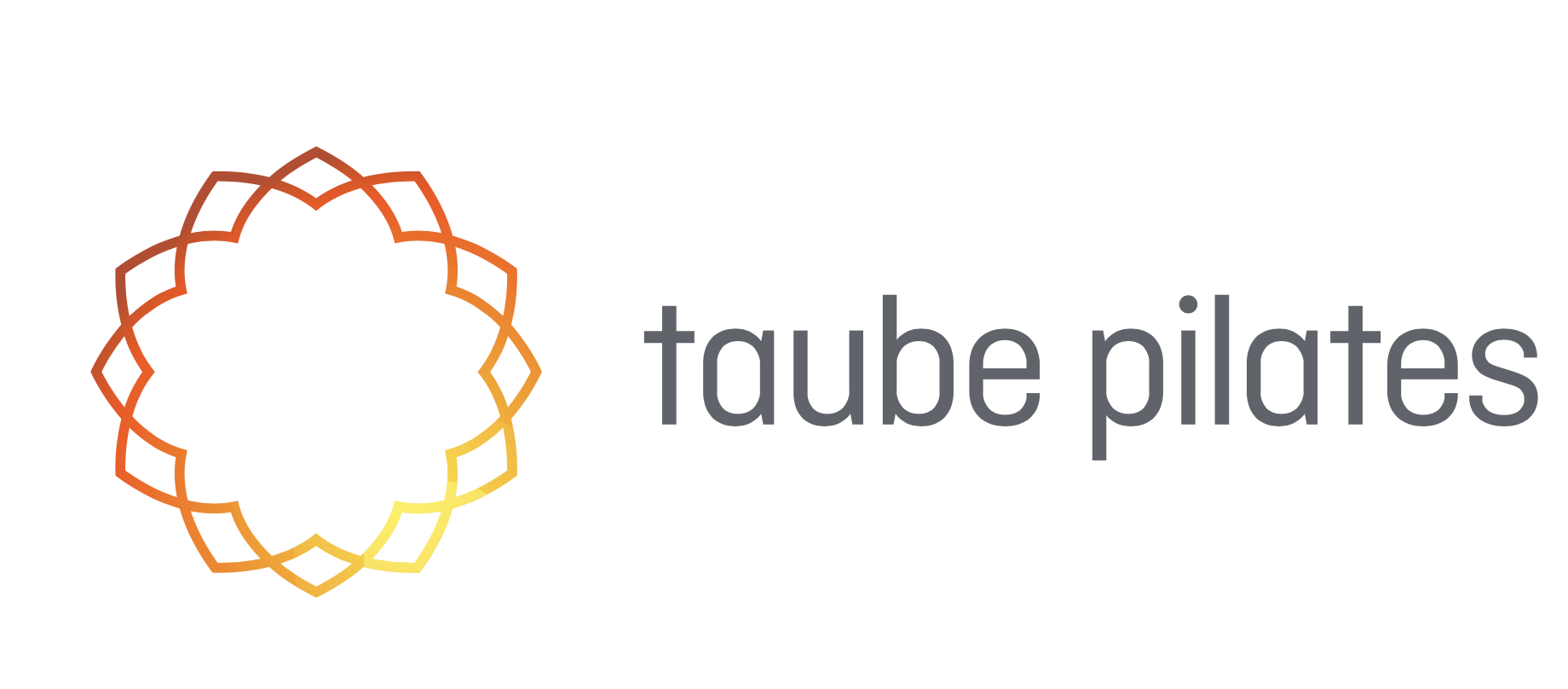2.1 Learner Outcomes for planning and delivering Pilates Reformer exercise sessions for beginners

- Safety and Equipment Knowledge: Understand the safe and correct use of the Pilates Reformer equipment including how to set up the Reformer for different body type and adjusting the equipment safely.
- Exercise Selection: Select appropriate beginner-level exercises based on individual client needs and limitations.
- Instruction and Cueing: Effectively communicate and cue clients on proper alignment and execution of exercises.
- Progression and Regression: Modify exercises to accommodate varying levels of fitness and flexibility among clients.
- Class Structure: Develop structured sessions that include warm-up, exercises, cool-down, and stretching.
- Client Assessment: Conduct initial client assessments to determine fitness levels, goals, and any contraindications.
- Client Engagement: Foster a positive and motivating environment to keep clients engaged and committed.
- Form and Technique: Emphasise correct form and technique to prevent injuries and promote optimal results.
- Adaptation: Be able to adapt to client feedback and needs during sessions.
- Class Management: Manage class time effectively to cover all necessary components while maintaining client enthusiasm.
- Progress Tracking: Implement methods to track client progress and adjust session plans accordingly.
- Client Education: Educate clients about the principles and benefits of Pilates to enhance their understanding and commitment.
- Professional Ethics: Uphold ethical standards and professionalism in client interactions.
These outcomes ensure that instructors can provide safe, effective, and engaging beginner-level Pilates Reformer sessions that cater to clients’ diverse needs and goals.
